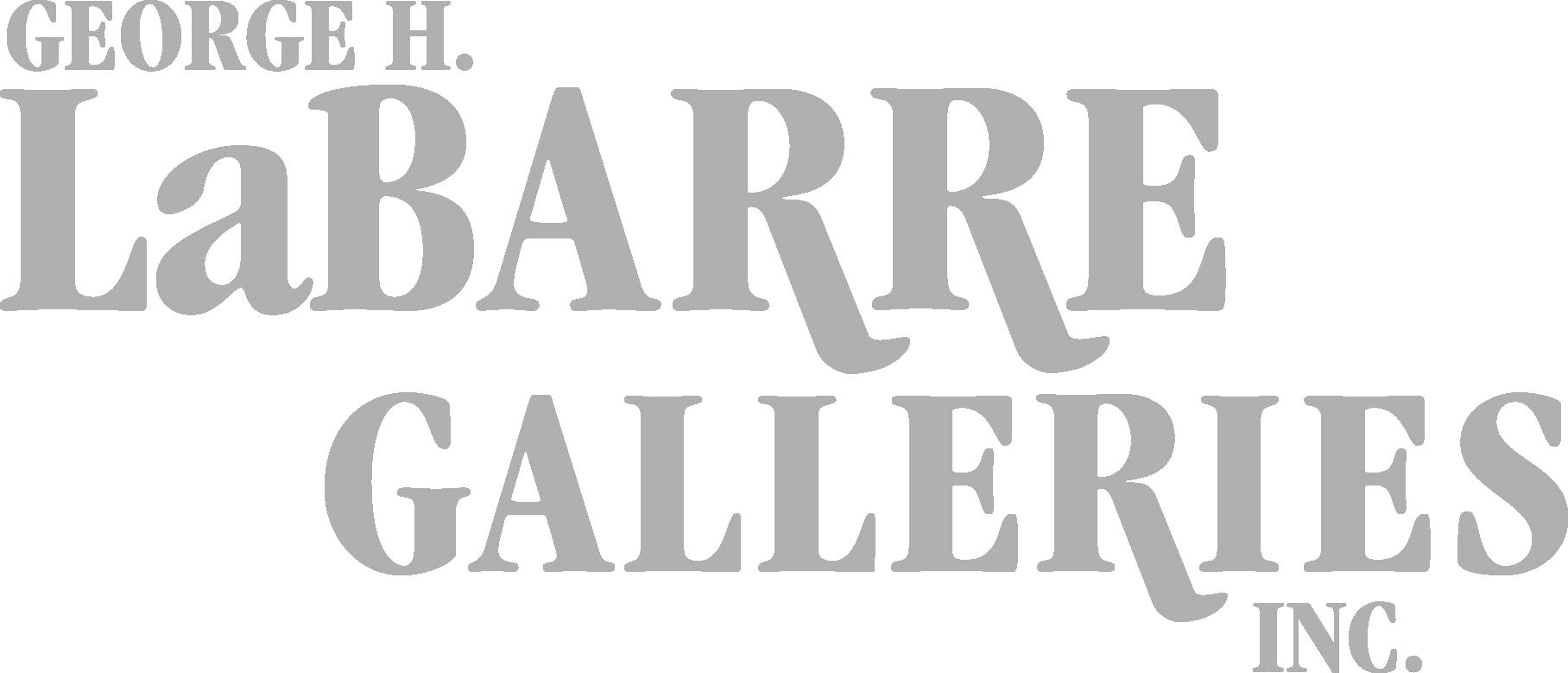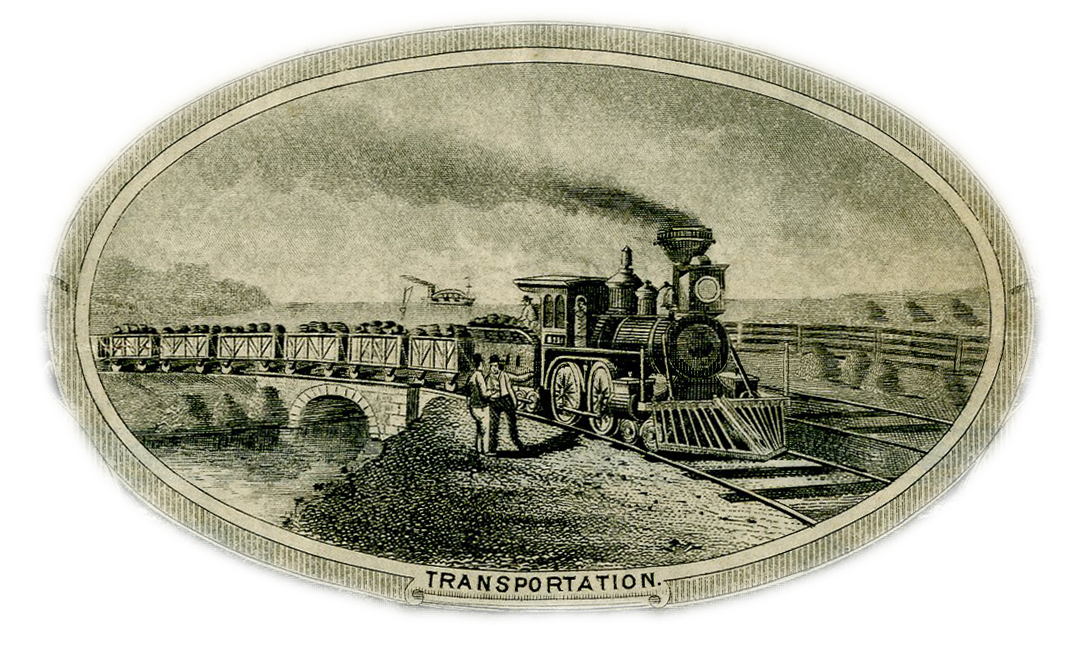

This article is especially interesting for a couple of reasons. Yes, quality stamps had done well in the early 80’s however we now know that the investment market in stamps was destined not to last forever. Prices eventually went down dramatically. As for stocks and bonds, we’ve found that much of the middle of the line or lower priced items have not done very well. On the other hand, the example given in this article of the Standard Oil of Ohio signed by John D. Rockefeller of $150 in 1979 compared to the 1981 price of $1,800. Was quite accurate. Now, we find that $7,500 is a sound current retail. 300 pieces were issued of this important stock and all entered the market in 1979 to 1981. Due to strong demand, this historic stock is now quite rare. Most collectors who own this stock consider it to be a key piece in their collections.
There is no question that more books related to the stock and bonds hobby are necessary to help develop the hobby further. This article made this point back in the summer of 1981. The LaBarre Newsletter, Issue 3.
Stocks and Bonds as an Investment:
How do they Compare?
Measured in years, the existence of stocks and bonds as collectibles is very short indeed. Phenomenal growth coupled with rising prices make comparisons with older, more established fields inevitable, however. Much discussion has centered around the investment potential of stocks and bonds, but with little or no tangible, analytical evidence presented to support that claim.
In Issue II of the LaBarre Newsletter, we presented a detailed discussion of representative stock and bond prices complete with a charting of three sample items. In this issue, the discusson is continued with a look at the performance of stocks and bonds in comparison to established fields such as stamps or coins.
Stamp collecting makes a good point for comparison. In an article written by J. Bahr, entitled "Successful Stamp Investing" which appeared in the October 1980, issue of the Antiques and Collectors Mart, the author stated that the “conservative U.S. stamp portfolio has appreciated 1000% in the last decade." Rates of appreciation of that order are truly outstanding. Certainly any investor would be delighted to realize that type of return on investment.
By comparison, many high quality stocks and bonds, notably autographed varieties, performed at a similar rate or better over a much shorter time period. For example, Standard Oil stocks signed by John D. Rockefeller brought prices of around $150 in 1979. Today, that same item would realize a price of around $1800! Likewise, better railroad issues are selling for several times their earlier prices.
Examples such as these are commonplace. Over the course of the past two years alone, many issues have increased in value three or four hundred percent. A few have seen gains as large as Standard Oils mentioned earlier. And although rarities and autographed material have increased at a faster pace than more common issues, overall market activity, new scripophilists, and increasing knowledge of the field in general have combined to push all prices upwards, even those at the lower end of the price spectrum.
Based upon past experience and current conditions, this trend shows every prospect of continuing. Certainly the newness and unexplored character of the collectible stock and bond field will greatly benefit growth and expansion. When compared to older, established fields like stamps, the stock and bond market seems like a veritable newborn. Thousands of books have been written about stamps and coins, to cite another example, but only a handful about stocks and bonds. Much remains to be discovered. This newness and the accompanying opportunities for ground-floor participation in the stock and bond field make it one of the most promising growth markets in collectibles today.

Originally Published and Printed by G. Labarre, The LaBarre Newsletter, Issue 3, Summer 1981


























Ebay ID: labarre_galleries